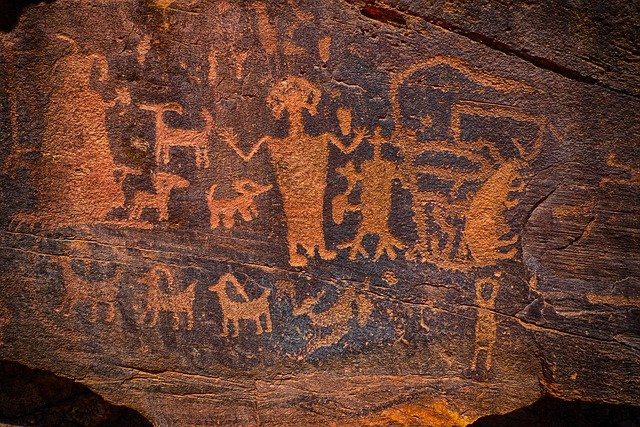Stone tools found at prehistoric sites seem to have gone through a pair of life cycles: they were produced, used, and then abandoned before being scooped up and utilized again. Recent research proposes an intriguing theory as to why this is the case. According to the study, these instruments are recycled because they are “memory objects” that provide a link to the past and prior generations: something to recall locations, experiences, and people.
Why would ancient people gather and recycle tools that had been made, used, and abandoned by their forefather’s thousands of years before? Archaeologists examined 49 flint artifacts discovered at the Revadim site that can be found in Israel’s Coastal Plain, in the south. The artifacts in question came from a sediment stratum that dates back around 500,000 years.
Using the tools of their ancestors
The scientists established the function of these artifacts over two separate life cycles of usage by studying the patina of the tools – the chemical coat that forms on flint when it is subjected to the open air for an extended length of time.
The objects had two active edges, one ancient and one fresh, according to microscopic inspection. The next occasion these stone items were utilized, it appears that they were utilized for less taxing jobs, used on soft materials such as leather as well as animal flesh for scraping instead of slicing or chopping.
Furthermore, it seems that the reshaping that occurred when these instruments were utilized a second time was minor. The marks from their initial deployment were mostly preserved, suggesting that keeping their look was crucial. Scientists believe the instruments had emotional value and were gathered because of feelings they triggered or special ties to the past, based on these indications.
It’s tough to say with certainty, but it’s an intriguing theory with some supporting data. There are certainly plenty of reasons to believe that prehistoric humans treasured their ancestors as much as we do.












Leave a Reply